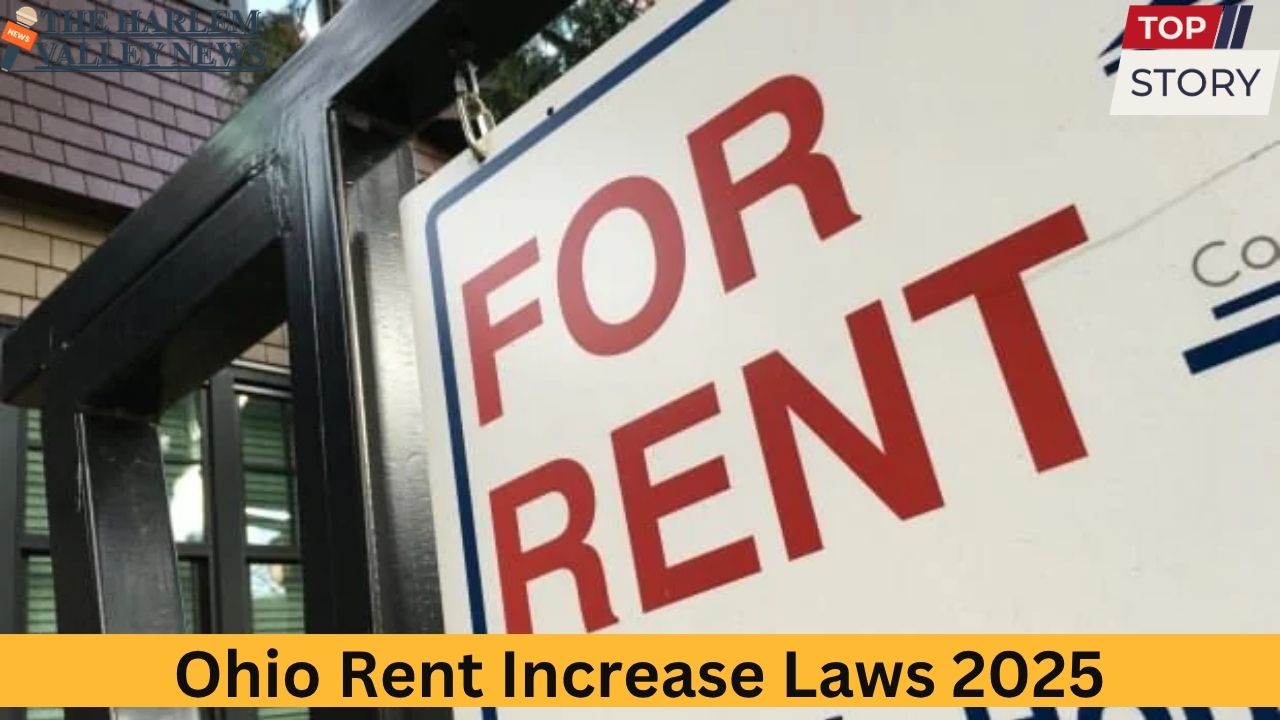As 2025 unfolds, tenants and landlords throughout Ohio—whether in bustling cities like Columbus, Cleveland, Cincinnati, or Toledo—face a rental landscape without statewide rent control laws. This unique environment grants landlords broad discretion in setting and raising rent but equally places the onus on tenants to understand their rights and protections. For Ohio renters, knowledge of rent increase regulations, notice requirements, and lease terms is essential to navigating lease renewals and rental agreements effectively. This comprehensive article breaks down everything Ohio tenants should know regarding rent increase laws in 2025, providing clarity on what to expect, how to respond, and how to protect one’s housing stability.
Understanding Ohio’s Absence of Rent Control Laws
In Ohio, there is no statewide rent control or limitations on how much a landlord can increase rent. Unlike some states with strict caps or formulas governing rent hikes, Ohio landlords have the freedom to raise rents as they see fit, subject to standard legal procedures. This means that tenants might witness rent increases that reflect market trends, property improvements, or other financial factors without imposed caps.
This open rental market is a double-edged sword: it encourages investment and housing availability but can expose tenants to sudden or steep rent increases. Ohio’s laws favor market-driven adjustments rather than regulatory constraints to manage housing affordability.
Key Ohio Rent Increase Rules for 2025
1. Advance Written Notice Requirement
While Ohio lacks rent control, landlords must provide at least 30 days’ written notice before increasing rent. This rule applies mainly to month-to-month tenancies. The advance notice allows tenants time to plan for rent hikes or seek alternative housing if needed.
-
Written notification is mandatory; verbal announcements do not suffice.
-
For fixed-term leases, rent usually cannot be increased until lease renewal unless the lease explicitly allows otherwise.
2. No Limits on Amount or Frequency
Ohio law does not limit the amount a landlord can increase rent, nor how often increases can occur (typically at lease renewal or with proper notice during month-to-month tenancies).
-
Rent hikes of 5-10% annually are common in Ohio’s urban rental markets, such as Cincinnati and Cleveland, often reflecting inflation and market demand.
-
Excessively large rent increases, especially following tenant complaints, may be challenged legally as retaliatory, though such cases are rare.
3. Lease Agreement Provisions
The lease agreement is a crucial document outlining rent increase policies:
-
Fixed-term leases lock in rent for the contract duration.
-
Month-to-month leases provide flexibility but require 30 days’ notice for changes.
-
Tenants should carefully review lease terms regarding rent adjustments before signing.
Important Protections for Ohio Tenants
Security Deposit Limits
Ohio law caps security deposits to protect tenants’ upfront costs:
-
Unfurnished units: Deposit cannot exceed one month’s rent.
-
Furnished units: Deposit capped at 1.5 months’ rent.
-
Landlords must return security deposits within 30 days after tenancy ends, itemizing any deductions.
Right to Habitability
Ohio tenants have the right to safe, habitable housing under state law regardless of rent increases. Landlords must maintain rental properties to meet health and safety standards.
Legal Options Against Retaliatory Rent Increases
If a rent increase follows a tenant’s complaint or assertion of legal rights (e.g., requesting repairs), the tenant may claim retaliation. Tenants can seek legal recourse through courts or tenant advocacy groups if necessary.
Ohio’s Rent Increase Landscape in Major Cities
Columbus
As Ohio’s capital and largest city, Columbus experiences steady rent growth driven by economic expansion and population influx. Typical annual rent increases in 2025 range from 5% to 8% in many neighborhoods, reflecting strong rental demand and limited housing availability.
Cleveland
Cleveland’s rental market shows moderate rent increases, generally around 4% to 7% annually. The city sees fluctuations depending on neighborhood revitalization efforts, with downtown and University Circle areas showing higher rents.
Cincinnati
Cincinnati is witnessing some of the highest rent increases in Ohio, with reports of up to 10-15% hikes in tight rental markets driven by job growth in healthcare and logistics sectors.
Toledo
Toledo’s more affordable rental market has stable but modest rent increases, often in the 3-5% range, reflecting slower economic growth and less demand pressure compared to larger metro areas.
Factors Influencing Rent Increases in Ohio
Market Demand and Local Economy
Rents rise when demand for housing outpaces supply. Cities thriving economically and attracting new residents often see higher rent increases. Cincinnati, for example, benefits from growing logistics jobs driving rental demand.
Inflation and Property Costs
Rising costs for maintenance, taxes, and utilities also contribute to rent increases as landlords pass expenses onto tenants.
Absence of Local Rent Control
Ohio law explicitly bans municipalities from enacting rent control policies. This means cities cannot impose caps on rent increases, leaving the rental market governed by supply-demand dynamics.
Practical Advice for Ohio Tenants Facing Rent Increases
Review Your Lease Carefully
Understand if your lease is fixed-term or month-to-month and what it says about rent adjustments.
Insist on Written Notices
Landlords are legally required to give written notice of rent increases at least 30 days in advance for month-to-month leases.
Negotiate When Possible
Open dialogue with landlords about rent increases can sometimes lead to compromises or phased-in hikes.
Consider Tenant Resources
Several Ohio cities have tenant advocacy organizations that provide support and advice if you feel a rent increase is unfair or retaliatory.
Plan Financially
Budget for potential rent hikes, especially in high-demand areas where 5-10% annual increases are typical.
Future Outlook and Legislative Developments
Though Ohio has no current rent control laws, the housing affordability crisis continues to drive discussions around tenant protections. In recent years, bills like Ohio’s Bill 430 have aimed to introduce more transparency and fairness in rent increases, encouraging landlords to keep adjustments reasonable and documented.
Additionally, Ohio has expanded incentives to promote affordable housing development, aiming to ease rental market pressures over the long term.
Conclusion
Ohio’s rent increase laws in 2025 offer landlords wide discretion to raise rents but require adherence to basic notice and lease provisions. For tenants, understanding lease types, notice requirements, and rights to fair treatment is critical to managing rental housing costs and preventing eviction.
Cities like Columbus, Cleveland, Cincinnati, and Toledo illustrate how Ohio’s rental market fluctuates with local economic conditions but remains free from rent control. As prices climb in competitive markets, tenants are advised to stay informed, negotiate thoughtfully, and seek support if rent increases become unmanageable.
By staying informed and proactive, Ohio tenants can better navigate this landlord-friendly rental landscape and protect their housing stability in 2025 and beyond.













Leave a Reply